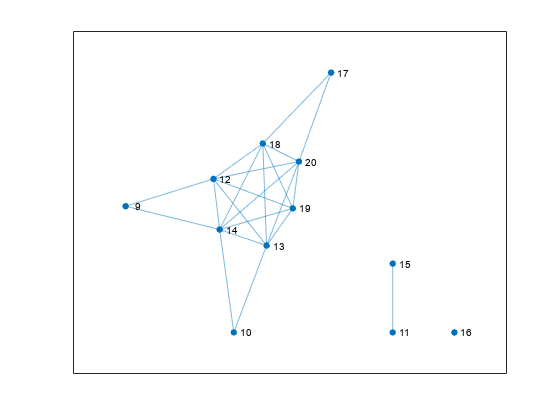clusterTrackBranches
Cluster track-oriented multi-hypothesis history
Syntax
Description
[
computes the clusters and incompatibility matrix for a set of branches.clusters,incompatibleBranches] = clusterTrackBranches(branchHistory)
Branches i, j, and k belong to
the same cluster if branches i and j are
pairwise-incompatible and branches j and k are
pairwise-incompatible. Two branches are pairwise-incompatible if they share a track ID (the
first column of branchHistory) or if they share detections that fall in
their gates during the number of recent scans as specified by the history depth.
[
returns the clusters in the format specified by clusters,incompatibleBranches] = clusterTrackBranches(branchHistory,'OutputForm',out)out.
Examples
Input Arguments
Output Arguments
References
[1] Werthmann, John R. "A Step-by-Step Description of a Computationally Efficient Version of Multiple Hypothesis Tracking." In Proceedings of SPIE Vol. 1698, Signal and Processing of Small Targets. 1992, pp. 288–300. doi: 10.1117/12.139379.
Extended Capabilities
Version History
Introduced in R2018b
